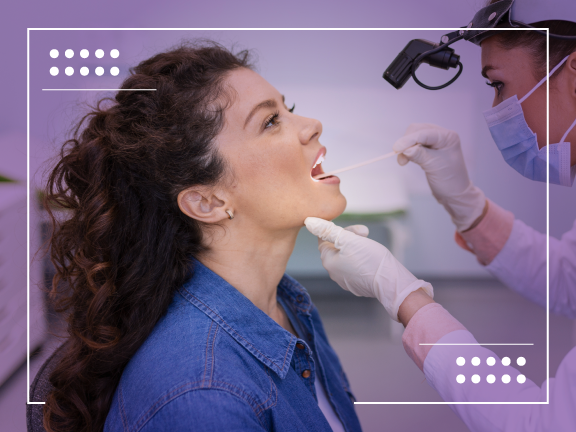Benign melanoma is a term that describes skin lesions that may look like melanoma, but are benign and have no capacity for invasive growth or metastasis. These benign forms can be confusing to patients and doctors alike, so careful examination and differential diagnosis is important.
Benign melanoma, although benign, can cause concern for people who find suspicious lesions on their skin. Distinguishing benign melanoma from its malignant version requires a detailed dermatological examination, which often includes dermatoscopy and, in some cases, biopsy. Early diagnosis and appropriate management can prevent possible transformation into a malignant form. This is why it is so important not to ignore any new or changing skin lesions and to consult a dermatologist regularly.
This melanoma often requires observation and sometimes removal to ensure that it does not develop into a malignant form. Patient education on keeping an eye on skin lesions and regular dermatological check-ups are key to early detection and treatment of skin lesions.
Benign Melanoma Treatment
Although the word melanoma is often associated with aggressive malignancies, there is also a spectrum of skin lesions that, while they may look alarming, are classified as benign. Treatment of such cases focuses mainly on monitoring and, in some situations, prophylactic removal of nevi to prevent potential malignancy.
In the context of cutaneous melanoma, distinguishing between benign lesions and malignant melanoma is key to determining the treatment pathway. Cutaneous melanoma, even in its benign form, requires regular dermatological checks. Thanks to modern diagnostic techniques, such as dermatoscopy, specialists are able to distinguish with a high degree of accuracy between skin lesions that require intervention and those that can be safely observed.
In addition, understanding how melanoma forms and how long melanoma takes to develop is important for people with benign forms of this cancer. This knowledge helps with early recognition of changes that may indicate a progression from a benign to an aggressive form. Melanoma on the face or melanoma on the head, due to its location, can raise particular aesthetic and health concerns, underscoring the need for accurate diagnosis and, if necessary, early treatment.
Cancer symptoms associated with melanoma, even if they initially appear benign, should not be ignored. Regular dermatological examinations and urine cytology can help with early detection and treatment, reducing the risk of progression to a malignant form. Therefore, the answer to the question “melanoma what is it” extends not only to understanding its potential malignancy, but also to knowing that early and appropriate treatment can significantly reduce the risk of its development.
Finally, educating patients about “how much you can live with malignant melanoma” and “how many years melanoma develops” is key to reducing anxiety and promoting a proactive approach to skin health. Treatment of benign melanoma focuses on prevention, monitoring and, when necessary, surgical intervention, all of which combine to provide a holistic approach to managing this particular type of skin lesion.












